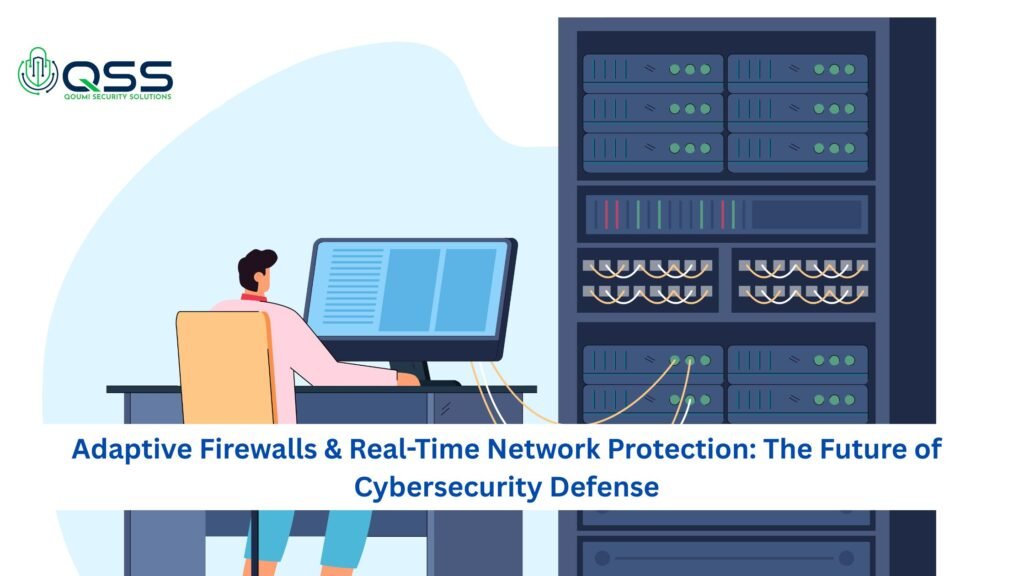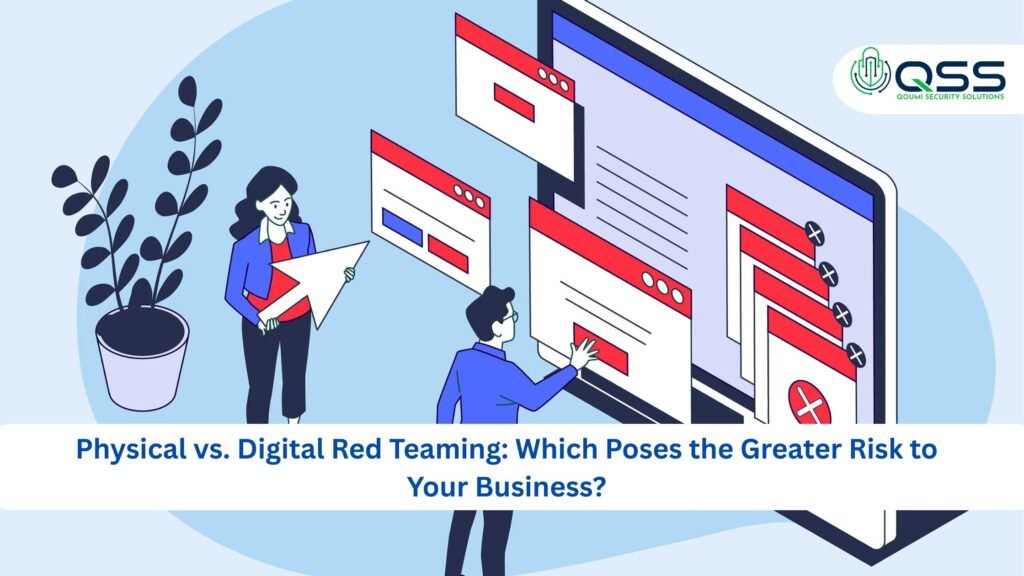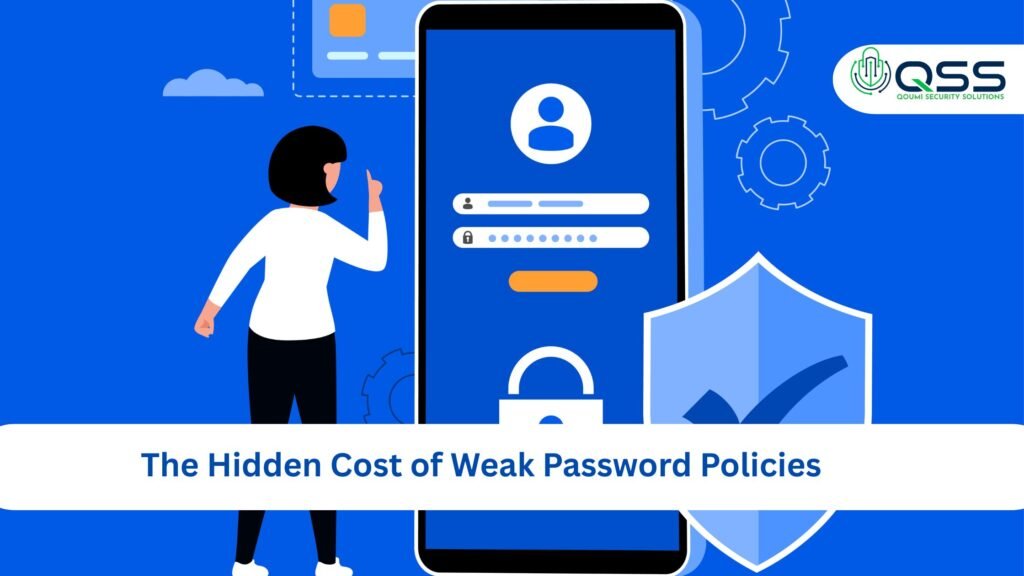Single Blog
VAPT vs Penetration Testing: The Real Difference and Why It Matters for Your Business
VAPT vs Penetration Testing: The Real Difference and Why It Matters for Your Business

If you run a business, you’ve probably felt the weight of cyber threats creeping closer—hackers prowling like street vendors after dark, looking for an easy mark. Terms like Vulnerability Assessment and Penetration Testing (VAPT) and penetration testing might’ve popped up during a late-night scroll or a tense meeting with your IT crew. They sound close, sure, but they’re not twins. We’ve spent years in this field, and We’ve seen companies trip up by confusing them. Let’s unpack this over a virtual cuppa—why they differ, and why nailing it down could keep your business from a rude awakening.
What is VAPT
VAPT feels like taking your old scooter to a mechanic during monsoon season. You want them to check the brakes, the tires, and then see if it’ll handle a flooded road. It’s a two-step dance: a vulnerability assessment to spot the issues, followed by a penetration test to test the damage. We’ve used this combo for clients, and it’s a game-changer when you’re starting from scratch.
Vulnerability Assessment: Spotting the Trouble
Think back to when you last checked your house before a big storm. You’d peek at the windows, tug on the doors, maybe curse at a leaky tap. A vulnerability assessment is that same gut check for your IT world. It scans your networks, servers, apps—everything from your Delhi office to that cloud setup in Bangalore. We’ve run tools like Nessus late at night, watching it flag outdated software or a server left unpatched after a rushed update. It’s like a digital inspector, pointing out risks—maybe a “high” alert for a public-facing app or a “low” for a misconfigured router.
The report lands like a thick dossier, sometimes with typos from the tool’s haste. It’s wide-reaching, covering every corner, and leans on automation, which keeps costs down and speeds things up. But it’s not the full story—it just says, “Here’s what’s shaky,” not “Can someone break in?” That’s the next bit’s job.
Penetration Testing: Kicking the Tires
Now imagine you ask a mischievous cousin to try sneaking into your house through those shaky spots. That’s penetration testing. These ethical hackers—We’ve worked with a few in Hyderabad—use real tricks: guessing passwords, poking at software flaws, or sending a phishing email that looks like it’s from your boss. One time, a tester got into a client’s system because an employee clicked a dodgy link during lunch. Yikes!
It’s about seeing what happens if a hacker strikes. Could they snag your customer data? Crash your e-commerce site before Diwali sales? The report comes back with details—sometimes a bit dramatic—showing how far they got and what could’ve been lost. It’s narrower than the assessment but hits harder with real-world proof.
VAPT: Putting It All Together
VAPT blends these two. The assessment finds the problems, and the pen test checks which ones are worth sweating over. We’ve seen it turn a client’s chaotic network into a solid plan—fix this server first, patch that app next. It’s like getting a full health check and a stress test for your systems, all rolled into one.
Penetration Testing: The Focused Fight
Penetration testing alone is like locking your front door and asking someone to try picking it. It skips the wide scan and zooms in on a specific target—maybe your new app, your network, or even your office’s physical security. We’ve heard tales of testers strolling in with a fake badge just to test a reception desk in Pune!
There are a few ways to do it:
- Black-box: No hints given, like a stranger trying to break in blind.
- White-box: Testers get the full layout—code, maps, the works—like an insider with a grudge.
- Gray-box: A bit of both, like a hacker who’s done some digging.
It’s labor-intensive, relying on skilled people rather than just tools, so it costs more and takes time. But when you need to know if your latest software launch can handle a hit, it’s worth every rupee.
What’s the Big Difference?
Let’s cut through the noise:
- Reach: VAPT casts a wide net, checking everything and then testing key spots. Pen testing hones in on one area.
- Depth: Assessments spot issues like a quick glance around the room. Pen tests dig in, seeing if those issues can break your defenses.
- Method: Assessments use automated tools—fast, but not perfect. Pen tests need human brains, making them slower but sharper.
- Goal: VAPT gives you a big-picture fix list. Pen testing proves how tough a specific system is.
We like to think of VAPT as a general tune-up and pen testing as a road test. Both keep you safe, but they tackle different parts of the journey.
Also Read: Why Cyber Security is important for business?
Why Should Your Business Care?
This isn’t just tech talk—it’s about protecting your livelihood. Here’s why it matters:
- Spotting Trouble: VAPT’s great if you’ve got a sprawling setup—think offices in multiple cities or a tangle of apps. It shows you where to start. A small shop with one system might just need a pen test to lock it down.
- Money Matters: VAPT can be kinder on the wallet since it mixes automated scans with some testing. Pen testing’s pricier with all that human effort, but it’s a must if you’re proving security to a big client.
- Rules to Follow: If you’re in banking or healthcare, you’ve got compliance hoops to jump through. VAPT covers regular checks; pen testing might be required for certain certifications.
- Guarding the Goods: VAPT helps you prioritize—like fixing a server that could leak data. Pen testing shows what happens if it does—lost sales, angry customers.
- Winning Trust: Clients love knowing your data’s safe. A VAPT or pen test report can seal the deal with a new partner.
Which One Fits?
It’s all about your situation. Got a complex network? VAPT’s your friend to untangle it. Launching a new tool? A pen test will tell you if it’s ready. Most businesses We’ve worked with lean toward VAPT for that full coverage, especially if they’re new to this security game.
Don’t let it be a one-off. Threats shift—do VAPT or pen testing every year or so, depending on your risks. Find a local security crew with real experience, not just a fancy website. Ask for a sample report; if it’s all buzzwords, walk away.
Final Thoughts
VAPT and pen testing are like tools in a toolbox. VAPT checks the whole house; pen testing tests one door. Pick the right one, and you’ll keep your business standing tall against hackers. Qoumi Security Solutions provide best cyber security services that turn chaos into control with this stuff—it’s worth the effort. So, what’s your next step?





